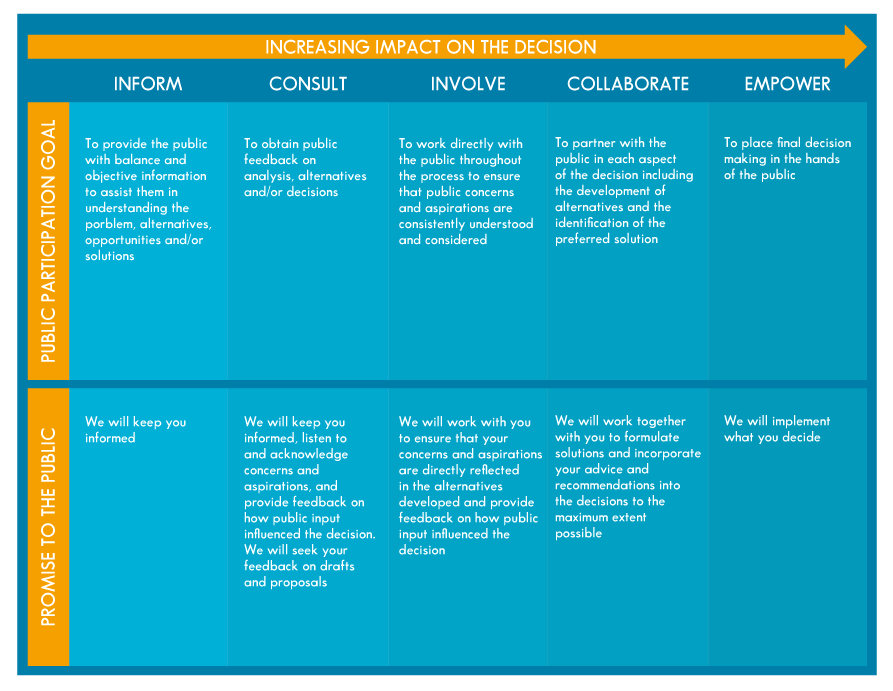
There are many instances where terminology outgrows its initial definition and the product ultimately delivered leaves people scratching their heads. None more so than the ongoing confusion around the word ‘consultation’ in the corporate and political environment.
By its definition, consultation refers to a process by which an audience of appropriate stakeholders will be engaged to gain feedback that will contribute to and ultimately help shape a planned activity. The shaping comes from the way the next steps are informed through the audience contributions.
Communications, on the other hand, refers to a passing of information onto a targeted audience, which may be two-way in its interaction but it contains no commitment to make use of what comes back. Most of what we see today is communications and that’s fine – as long as that was the intention.
Unfortunately what we see applied in practice is a whole lot of communications described as consultation. The great crime here is not that a purely communications approach was applied; it is that it was called something else. Something that tends to be a bit more work and that requires a level of genuine flexibility.
Expectation management is the key theme here and it seems obvious that the real solution is calling that spade a spade and moving on. It may be a great surprise to some leaders, but if there is no scope for the feedback to influence an outcome, the audience would often rather hear that upfront and make decision on how much they will engage with the process. But, if you mistakenly build an expectation that input will be used in a meaningful way and then not meeting that expectation, you only contribute to the overwhelming cynicism that exists around public input into government or corporate policies and products, not to mention losing the potential advocate or consumer you may be counting on.
Of course we do need to acknowledge that both public and private organisations have an agenda and they need to get things done for the good of those who they serve. There should not be an expectation that all things need to be consulted on and nor should there be an unending window of feedback opportunities. Thresholds and time periods need to be set and audiences should be informed in good time to participate within the stated times.
The critical factor here is that the expectation is both set and met in a way that is genuine and aligns with the knowledge of how information will be distributed, captured and then considered.
The core values outlined by the International Association of Public Participation rightly point to a continuum of engagement that uses the level of impact as a guide for the level of involvement that should be planned for the relevant stakeholders.
What I like about this continuum is that it demonstrates that the “consult” level is not about laying down and leaving your project’s fate to the feedback of your audience. Instead, it demonstrates that at the “consult” level you are engaging for input into decisions and the information will be considered in a visible manner.
Consulting is not about losing control, it’s about building ownership through participation.
When working on a project that aims to make a specific improvement over a limited period of time, you must seek to seed the ownership with those who will be “on the ship” for the long haul. It’s their world, not yours and if you can engage with them, get their guidance, build their ownership and improve their working lives, you are on your way to making a positive difference.
But – remember, this won’t happen if you don’t start out by setting the right expectations through challenging the norm and clearly identifying when you’re consulting versus just communicating.







